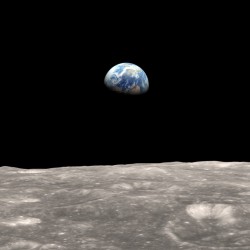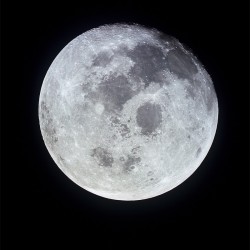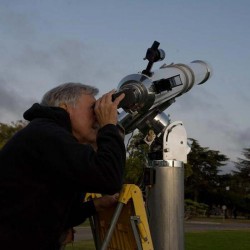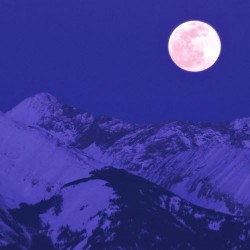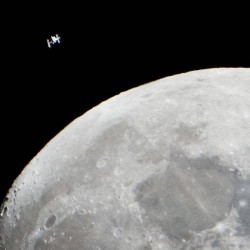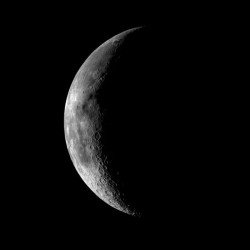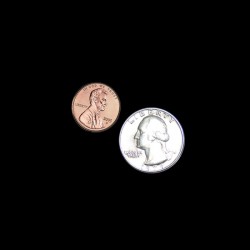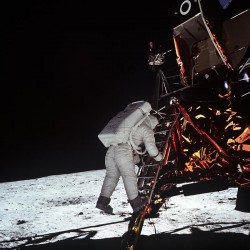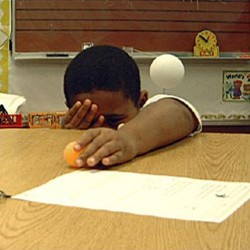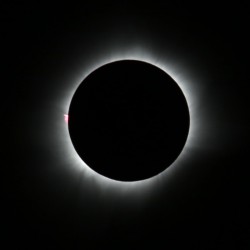Sort
Universe of Stories There are 87 items.
These activities are curated around CSLP’s 2019 Universe of Stories reading challenge. The collection celebrates space exploration, coinciding with the reading challenge.
-
Lunar Surface
1 Review(s)In this activity, learners will make a model of the Moon's surface and to consider the geologic processes and rocks of each area. 3096
Check It Out
Teacher's Guide Provides classroom connections, key concepts, connections to science standards, and additional resources. -
Dance of the Moon and Oceans
This is an activity about the tides. Learners discover how the Moon's gravitational pull causes the level of the ocean to rise and fall twice a day along most coastlines. 0
Check It Out
-
Moon over My Town
In this activity, community members of all ages are invited to contribute photographs — taken with cell phones, film cameras, or more sophisticated equipment — of the Moon. 0
Check It Out
-
Moon in Action
Learners go outside on a clear evening and view the sky to see the Moon for themselves. 0
Check It Out
-
What Do You See in Today’s Moon?
1 Review(s)Learners read or listen to a cultural story describing a shape identified in the Moon's surface features. 1851
Check It Out
Teacher's Guide Provides classroom connections, key concepts, connections to science standards, and additional resources. -
Growing up Moon
Learners will visit a sequence of stations to discover how the dark and light areas and craters we see on the Moon's face today record major events of its lifetime. 0
Check It Out
-
Lunar Phases: A Dance under the Sun
Learners use a polystyrene ball, sunlight, and the motions of their bodies to model the Moon's phases outdoors. 0
Check It Out
-
Penny Moon
1 Review(s)This is an activity about the rotation of the Moon. Learners use a penny and a quarter to model that the Moon does indeed spin on its axis as it orbits the Earth. 2283
Check It Out
How-to Video -
Moon Mythbusters
2 Review(s)This is an activity about the Moon's influence on Earth. 4358
Check It Out
-
How Can the Little Moon Hide the Giant Sun?
This is an activity exploring the concept that distance affects how we perceive an object's size, specifically pertaining to the size of the Sun and the Moon as seen from Earth. 0
Check It Out
-
Scale Model of Sun and Earth
In this activity, participants use scaled cut-out models of the Sun and Earth to learn about the difference in size and distance between the two celestial bodies. 0
Check It Out
How-to Video -
Big Sun, Small Moon?
1 Review(s)If you’ve ever seen a picture of a solar eclipse, you may have noticed that the Moon comes very close to covering the entire Sun. 1813
Check It Out
How-to Video




